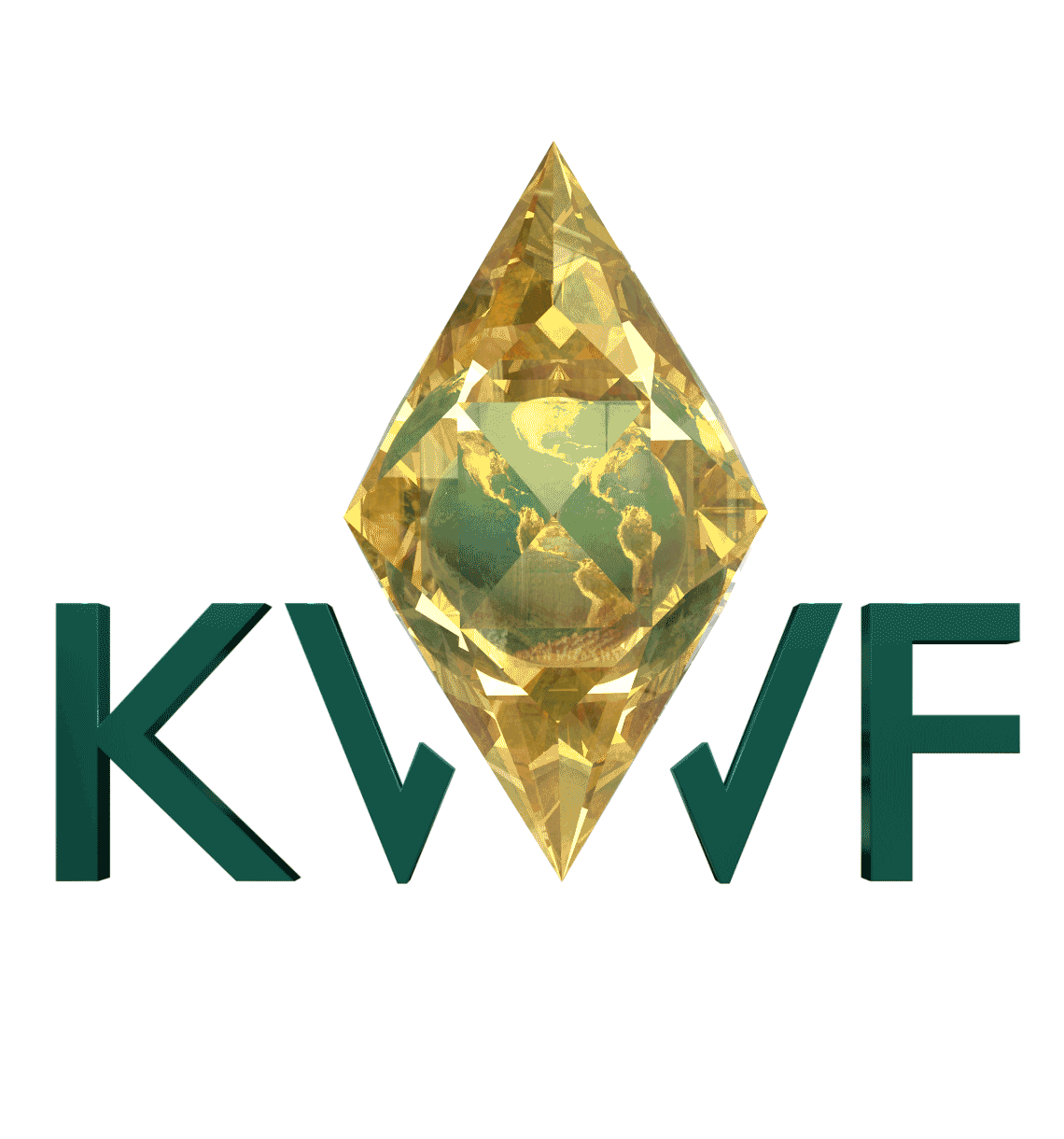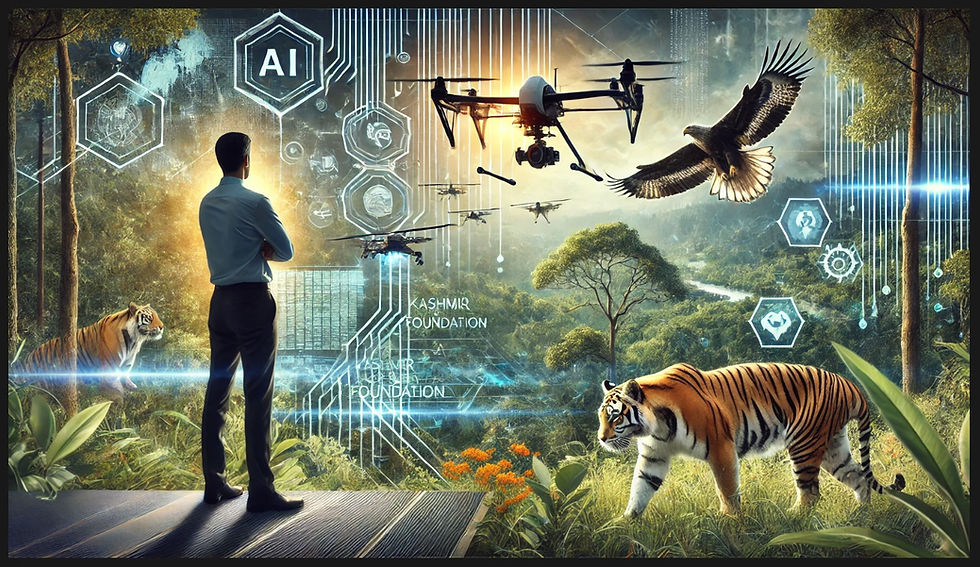Rhino 3D to Protect Endangered Species
- Kashmir World Foundation

- Sep 7, 2022
- 2 min read

At Kashmir World Foundation, our focus is on the mission of protecting endangered species, so we are constantly searching for the most efficient and effective pathway to success. That often starts with an evaluation of commercial options, but no commercial aircraft came close to meeting the needs for patrolling high above the Himalayan mountains to protect Snow Leopards. So we embarked on an ambitious plan to design Eagle Ray -- an aircraft that outperforms all unmanned aerial systems in several important metrics. With a network of some of the world's greatest aircraft designers serving as advisors, we assembled a group of international interns -- high school and college students -- eager to set new records in flight, and in doing so open up new ways to protect endangered species.
One of the challenges in designing any aircraft is selecting and mastering tools for computer aided design (CAD). Our advisors and many of our interns were familiar with some of the most popular CAD tools, but in our experience, these tools could not easily create the aerodynamic surfaces and support structures needed for Eagle Ray. We selected Rhinoceros by McNeel & Associates because it is based on non-uniform rational B-splines (NURBS) -- mathematical representations of 3D geometry that can accurately describe any shape, from a simple 2D line, circle, arc or curve to a very complex free-form 3D organic surface or solid. Teamed up with Grasshopper, a visual programming language and environment that runs within the Rhinoceros 3D CAD application, our Eagle Ray Team had everything it needed to achieve break through in its' aerospace design.

Unfortunately, no one on the Eagle Ray Team had any experience with Rhino CAD or Grasshopper! That is when Pascal Golay of Rhinoceros Support volunteered to help. First he assisted in selecting an optimal means of importing our aerodynamic design into Rhino, then he began teaching KwF interns how to create the complicated shapes and support structures. At times Pascal wanted to jump in and complete portions of Eagle Ray, but we had to slow him down and work through every step. Sometimes working long hours through weekends, Pascal created video and photographically rich tutorials describing which of the many Rhinoceros CAD tools to select and how to employ them to achieve the desired results.

Pascal's name and his many tutorials were center stage during our weekly virtual meetings with advisors and interns from around the world. You can Download One of the Tutorial Here:
His leadership in the CAD phase of Eagle Ray was even more valuable than the feature rich NURBs based CAD application. We are forever grateful for the contribution made by Pascal Golay to Eagle Ray and to our mission of protecting endangered species.





Comments